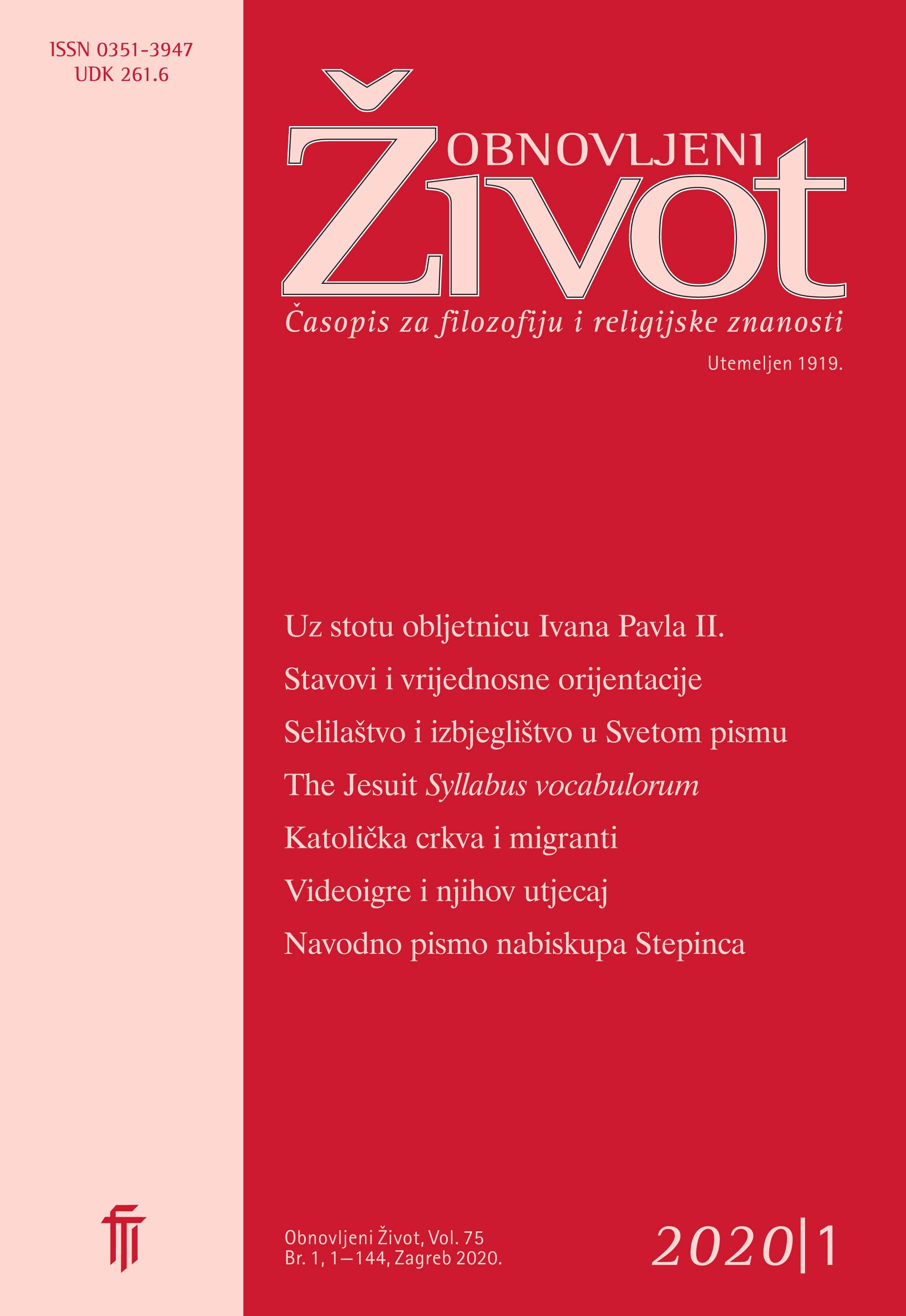Solving the Enigma of the Alleged Letter of May 18, 1943 by Archbishop Stepinac to the Pope
Keywords:
Stepinac, forged letter, trial, Serbian Orthodox Church, religious reaffiliation, Chetniks, crimes, Catholicism, Eastern OrthodoxyAbstract
This article provides answers to the most important questions regarding Archbishop Stepinac’s alleged letter to the Pope, dated May 18, 1943. Although the Archbishop could easily agree with the general tendency of the letter, as it is a reflection of his judgments, he could not accept authorship thereof, because the letter simply was not his. In addition, the authors who considered the letter to be authentic were mistaken, further demonstrating the superficiality with which the documents and intricate historical circumstances were treated. The example of Jozo Tomasevich was singled out, who, on the basis of certain documents in the British archives, asserted the authenticity
of Archbishop Stepinac’s alleged letter. His interpretation of the documents proved to be superficial and a product of ideological prejudice.
The Communist authorities misused the letter by extracting from it what they thought could be used against Stepinac, which is the allegation that the Catholic Church would be in danger of losing 240,000 converts from Eastern Orthodoxy to Catholicism if the Croatian state were to collapse.
However after careful analysis of the actual contents of the letter, originally written in Italian, it proved to be a document of exceptional historiographical value. It is, in fact, a serious analysis of political and wartime circumstances, and of the consequences of ideas stemming from “Saint–Savism (svetosavlje)” and “Great–Serbianism“. The letter is, in fact, an expert analysis of the role of the Serbian Church in the events of World War II, and it is a prediction of the further fate of the Croats if the Greater Serbian Chetnik idea is to prevail. The essence of the Greater Serbian idea lies in its genocidal nature, for the realization of the idea involves the physical and spiritual destruction of other faiths and nations so as to erase them from the space that the idea envisions as being Serbian.
Finally it has been confirmed without a doubt that the letter was produced by a group of Croats who were in Rome at that time (1943), and who were affiliated with the Croatian Institute of St. Jerome or with the staff of the Ministry of Foreign Affairs of the Independent State of Croatia. Their main organizer, a member of the “Efendi Group,“ was Professor Krunoslav Draganović, Ph.D., and the purpose of the letter was to convince the Allies that it would be disastrous for the Croatian people to be again forced into a single state together with the Serbs.
Downloads
Published
Issue
Section
License
Jednom prihvaćeni članak obvezuje autora da ga ne smije objaviti drugdje bez dozvole uredništva, a i tada samo uz bilješku da je objavljen prvi put u Obnovljenom životu. Uredništvo će obavijestiti autora o prihvaćanju ili neprihvaćanju članka za objavljivanje.
Članci objavljeni u časopisu se, uz prikladno navođenje izvora, smiju besplatno koristiti u obrazovne i druge nekomercijalne svrhe.


